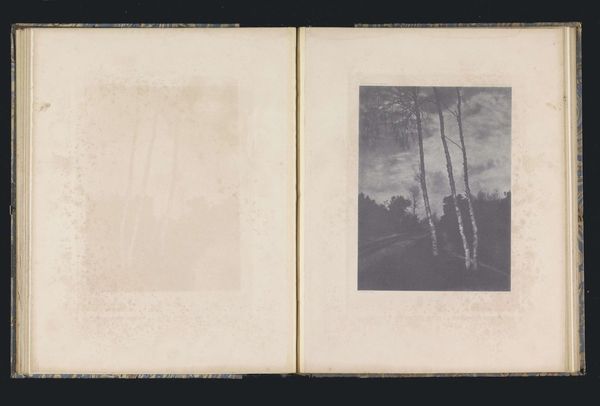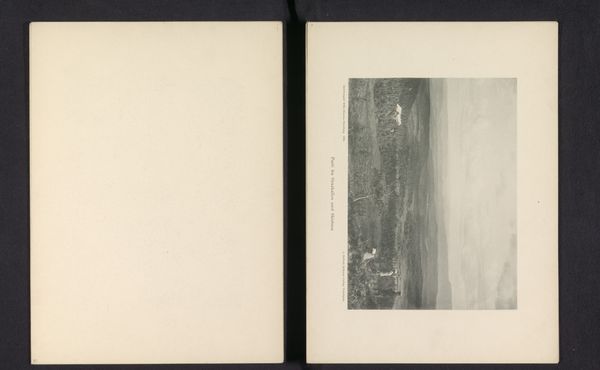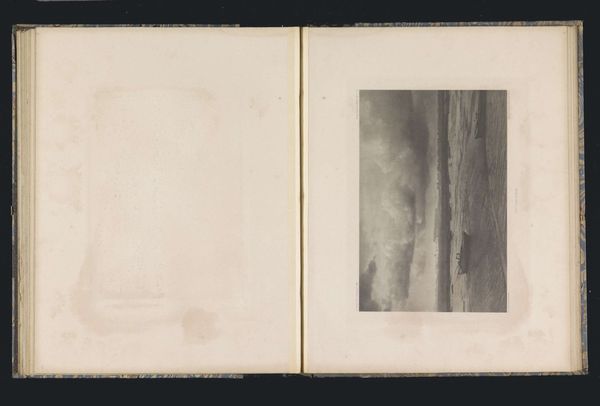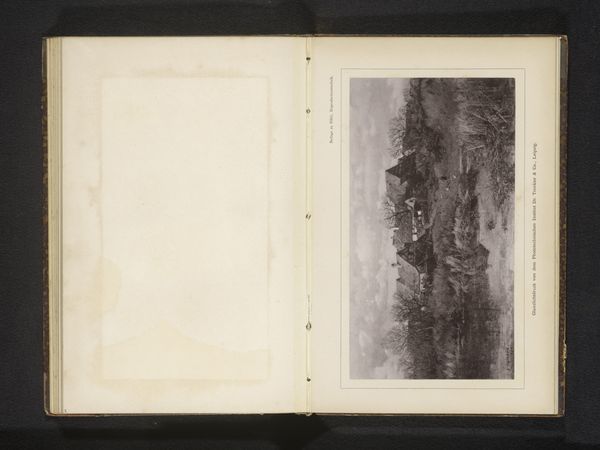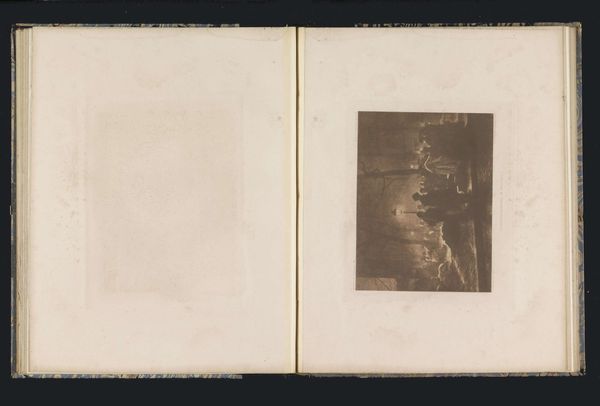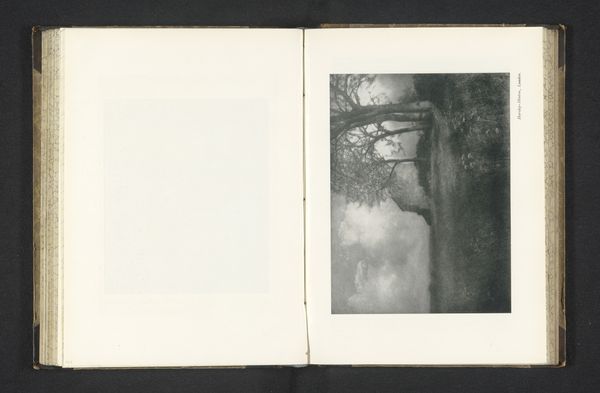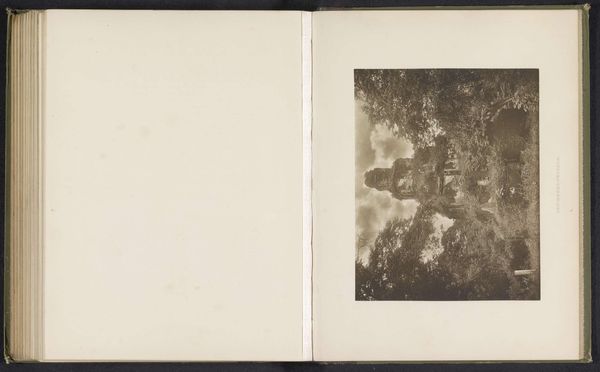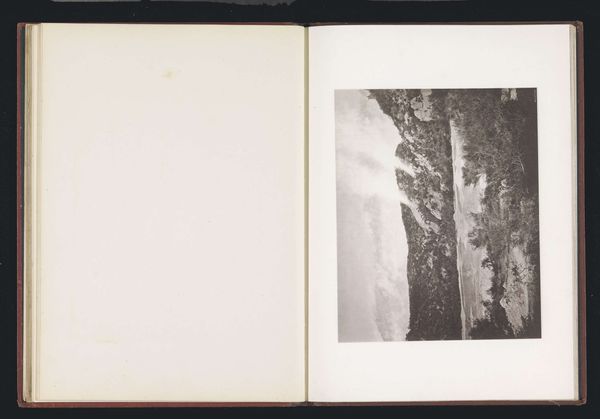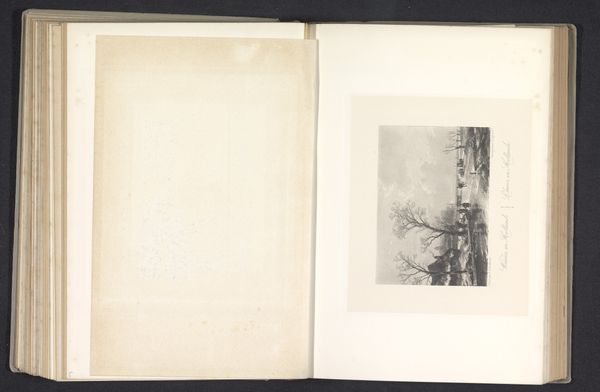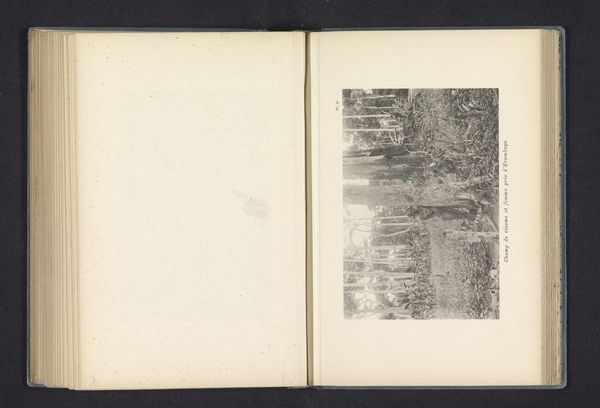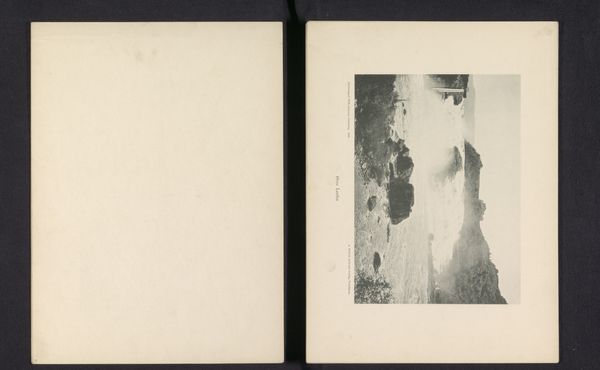
print, photography
#
portrait
# print
#
photography
#
academic-art
#
realism
Dimensions: height 176 mm, width 230 mm
Copyright: Rijks Museum: Open Domain
Curator: This is a photograph entitled "The Ascension", created before 1890 by Carl Stockmann. The medium appears to be a photographic print. Editor: Whoa, dramatic lighting. Sort of ghostly, isn't it? Like someone's floating out of a fever dream. Very stagey, theatrical in a way. I’m thinking it is related to religion Curator: Well, think about photographic print production in the late 19th century. This piece probably began as a large glass plate negative requiring skilled labor to both create the photographic negative, developing it and producing the print. The materials – glass, silver nitrate, printing paper were mass produced and disseminated. Editor: Right, the social context, of course. Still, this image is, in my mind, meant to inspire awe and wonder, almost literally lifting you out of your own…earthly constraints. Although in our current context is hard not to wonder the kind of message about it, is this salvation or just leaving everybody behind? Curator: Considering this was an era with growing industrial production it can be seen this artwork is an embrace to this kind of production through it own elaboration. But it is valid to remember the social position of the author while they work, the kind of messages or symbols he or she where hoping to create. Editor: I love how you can tie this to tangible stuff – the printing methods, access to the proper glass, chemical composition for prints. Still, its capacity to provoke this type of debate about the future with the weight of the past, for me, remains potent, whatever Stockmann actually thought. Curator: Agreed. And remember the original context and intended message does not dictate current discussions about it. In my opinion that is one of the qualities of artwork like this one, isn't it? The capability of opening new and modern windows from something already done. Editor: Exactly. And how! Thanks, Carl, for making us argue nearly a century and a half later.
Comments
No comments
Be the first to comment and join the conversation on the ultimate creative platform.


